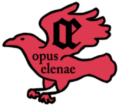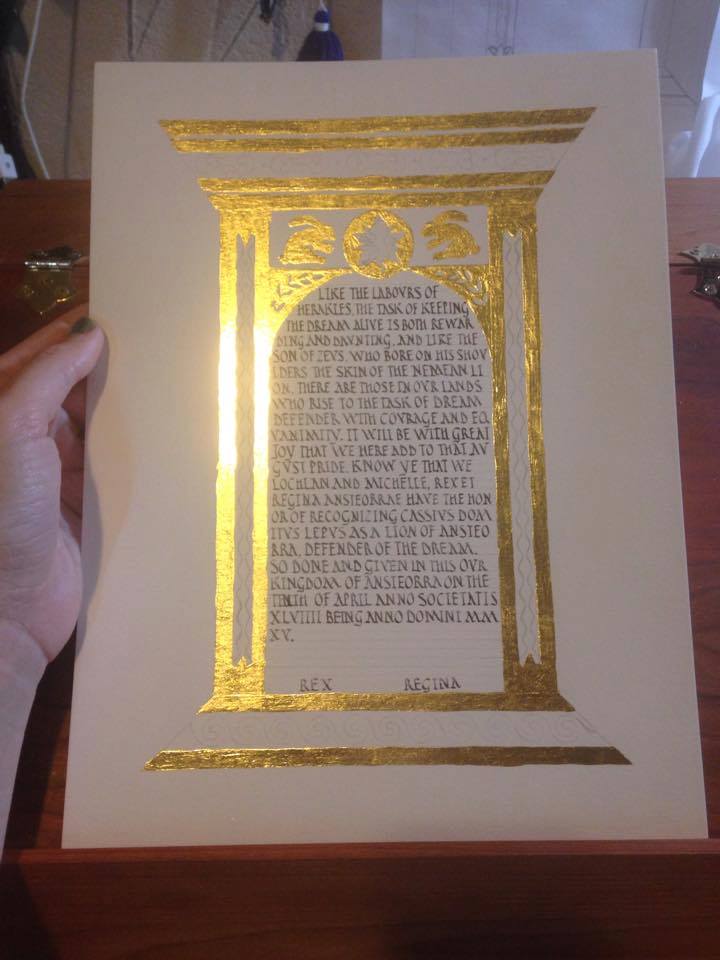In Progress: Bliaut Collar
Have I really not blogged about this beyond showing some samples? I know I’ve talked about it a BUNCH on the Facebook page (good reason to follow me there; I tend to post small updates on things that don’t make it to the blog as finished posts). It’s about time I did, then, since I’ve […]
In Progress: Bliaut Collar Read Post »

